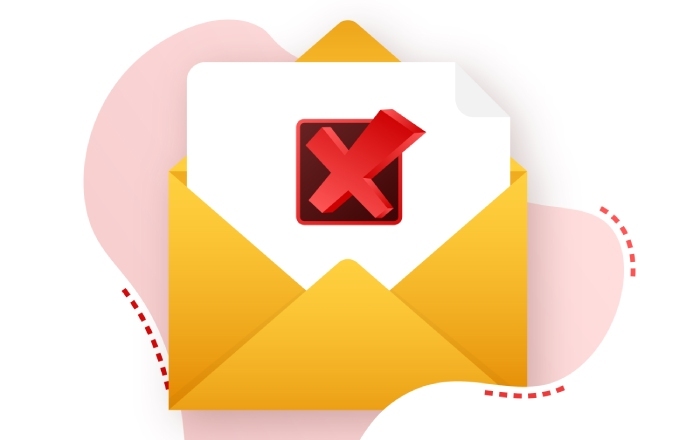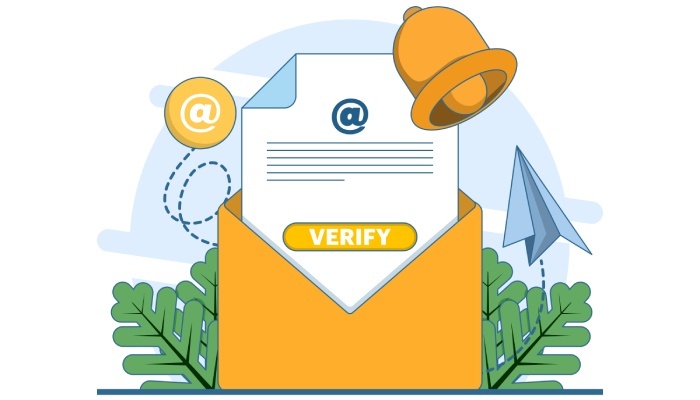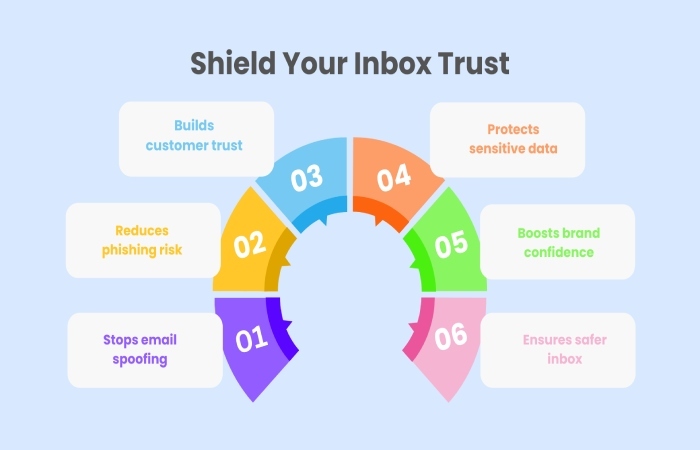DMARC alignment basics: Ensuring SPF and DKIM work together
DMARC alignment is the final checkpoint that ensures SPF and DKIM are not present for the sake of it, but are actually configured correctly and linked to your sending domain. This is done by verifying that the domain in the email’s visible ‘From’ address matches (or is aligned with) the domains used in SPF and/or DKIM authentication.
In simpler words,
- SPF Alignment: The domain in the ‘From’ header should match the domain in the Return-Path (used for SPF check).
- DKIM Alignment: The domain in the ‘From’ header should match the domain in the DKIM signature.
Why DMARC alignment matters?
Here are the primary reasons why it’s important to ensure DMARC alignment:
Prevents domain spoofing
DMARC alignment wards off spoofing attempts by forcing the domain your user sees in the From: header to be the same domain that SPF and/or DKIM actually authenticates. So, if the match is not there, receivers can quarantine or reject the email, based on the DMARC record configurations.
Attackers take advantage of the fact that, without DMARC, an inbox may still accept an email as long as SPF or DKIM passes for a specific domain. It doesn’t matter if that domain has nothing to do with the one you see in the From address. For example, a phishing email could show From: you@yourbank.com, but actually pass DKIM for d=totally-legit.biz. On paper, the email looks authenticated, but that ‘proof’ is tied to the wrong domain.
This trick is called identifier misbinding. It means the technical proof of trust (SPF or DKIM) is connected to a different domain than the one people actually see and rely on in the From field.
Strengthens brand trust
When your emails pass SPF or DKIM but are misaligned, attackers get a chance to sneak in and pretend to be you. Customers may see “From: yourbrand.com” in their inbox, but in reality, the email is being verified against a completely different domain in the background. They might not notice this mismatch, but it still creates confusion and weakens trust.
With proper DMARC alignment:
- Your customers feel safe opening your emails. They’re less likely to get tricked by a fake message pretending to be you.
- Mailbox providers build confidence in your domain. Services like Gmail and Outlook can see that your domain always aligns correctly, so they’re more likely to put your emails in the inbox instead of spam.
- Your reputation stays clean. If attackers can’t spoof you, your brand doesn’t get associated with phishing attempts or shady activity.
- You look like a security-first company. Clients and partners notice when you’re serious about email security, especially in industries where trust is everything (finance, SaaS, legal, healthcare).
Meet compliance and security standards
Many frameworks, like GDPR, SOC 2, and ISO 27001, require strong email authentication controls and appropriate configurations of DNS records. DMARC alignment is one of the key requirements, failing to comply with which can lead to fines and litigation.



